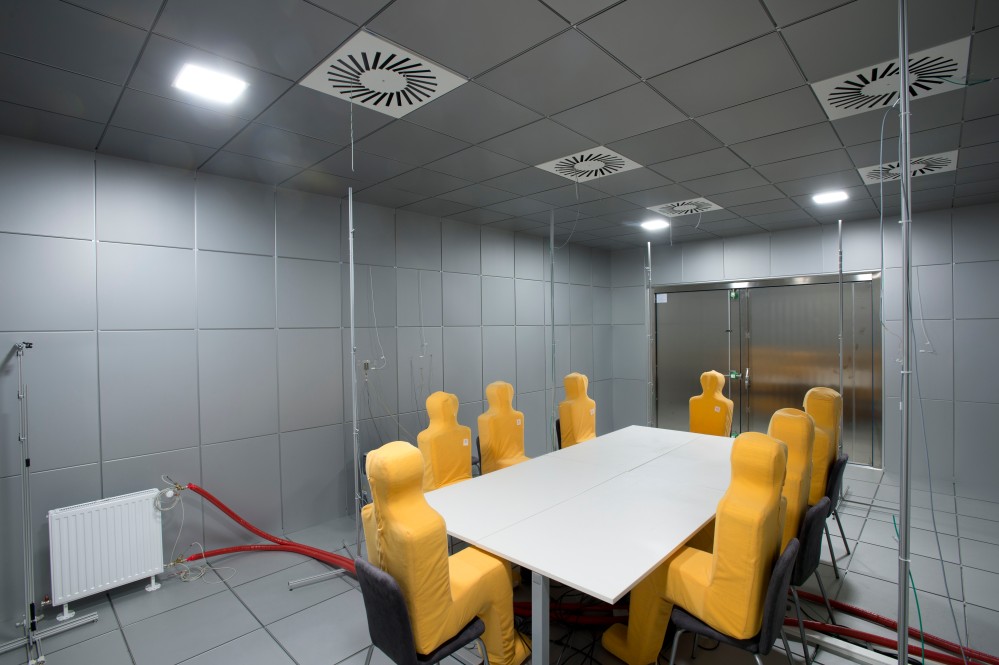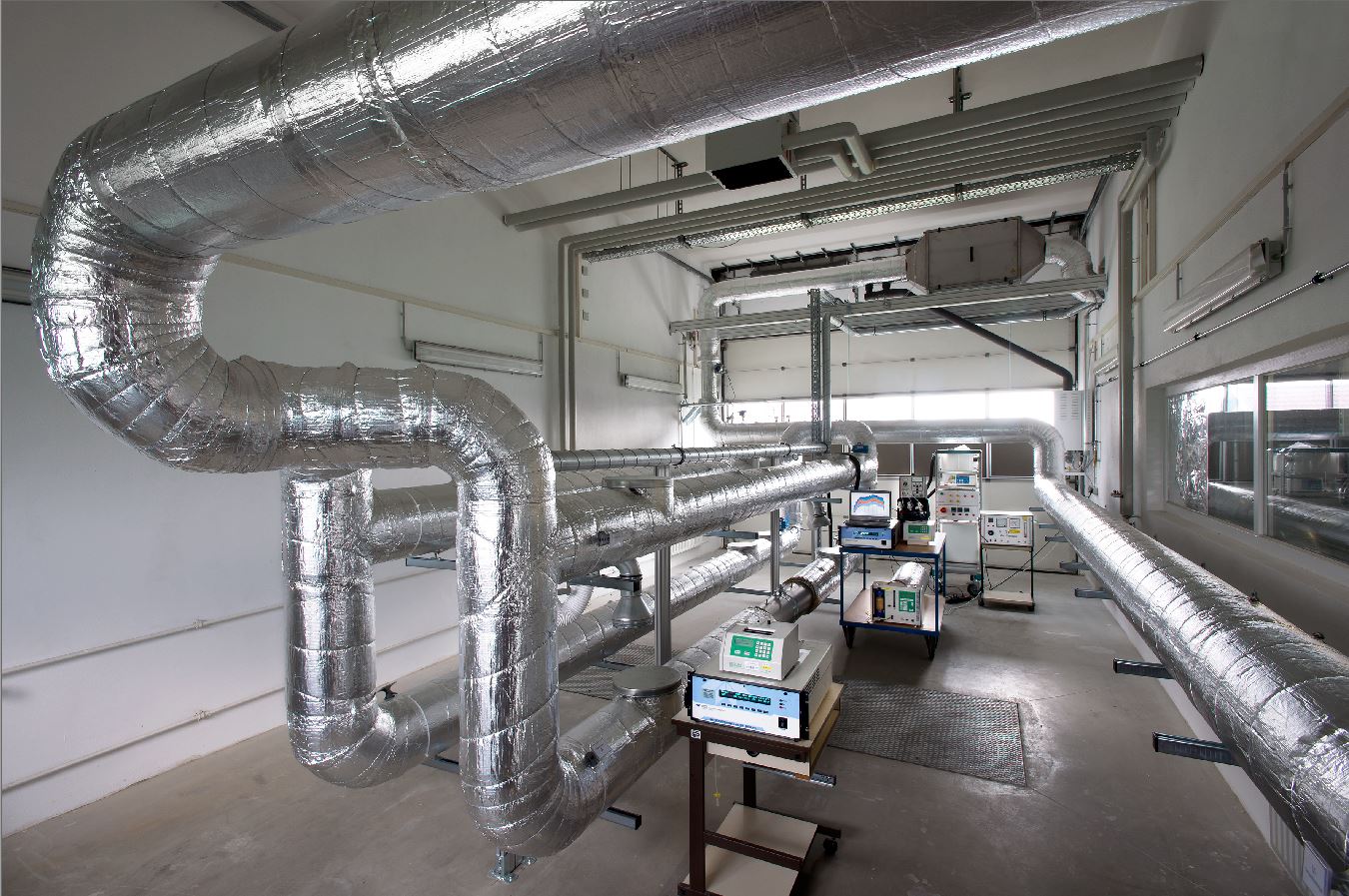

The pandemic spread of coronavirus (SARS-CoV-2) can be curbed by severing chains of transmission and thus slowing down its propagation. Exhaled aerosols with particles < 10 μm are one of the main ways infections are transmitted. Against this background, lowering the number of people in a room at any one time and making sure they keep a certain distance away from one another, as well as improving indoor air hygiene and ventilation, are important measures to help combat the pandemic. Especially educational institutions, hospitals, care facilities, hotels, and other forms of accommodation, railway and aircraft operators, manufacturing companies and office-based firms are searching for answers to hygiene issues as well as practical solutions to prevent the spread of aerosol infections. Consequently, the “AVATOR” project is exploring ways to reduce the risk of infection from aerosol-borne viruses in enclosed spaces.